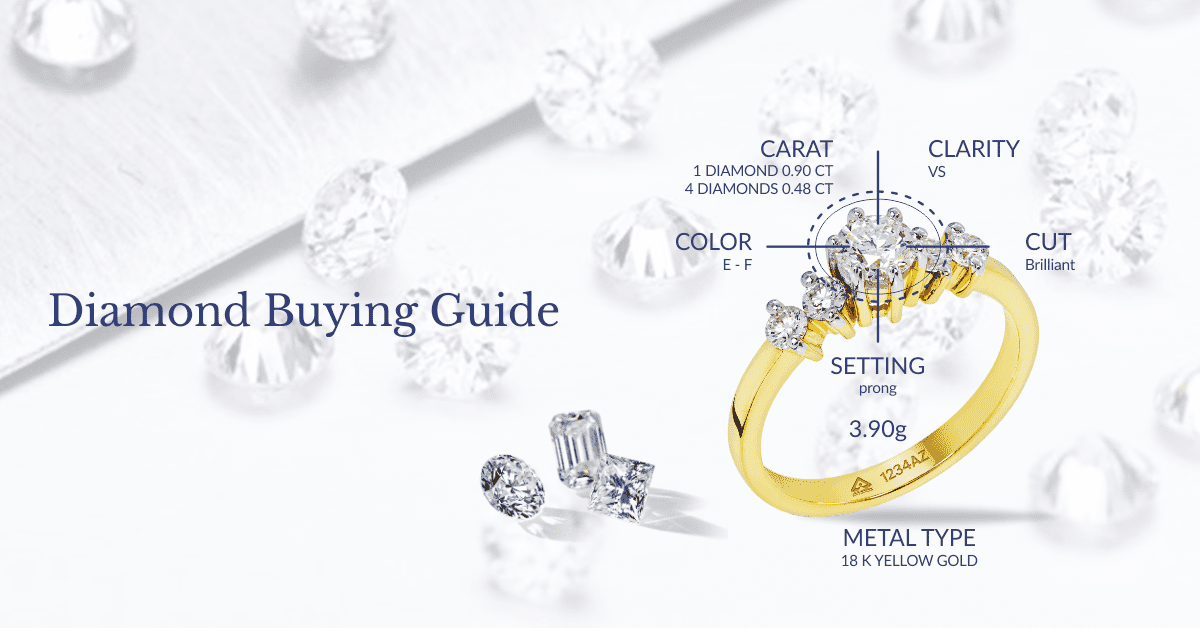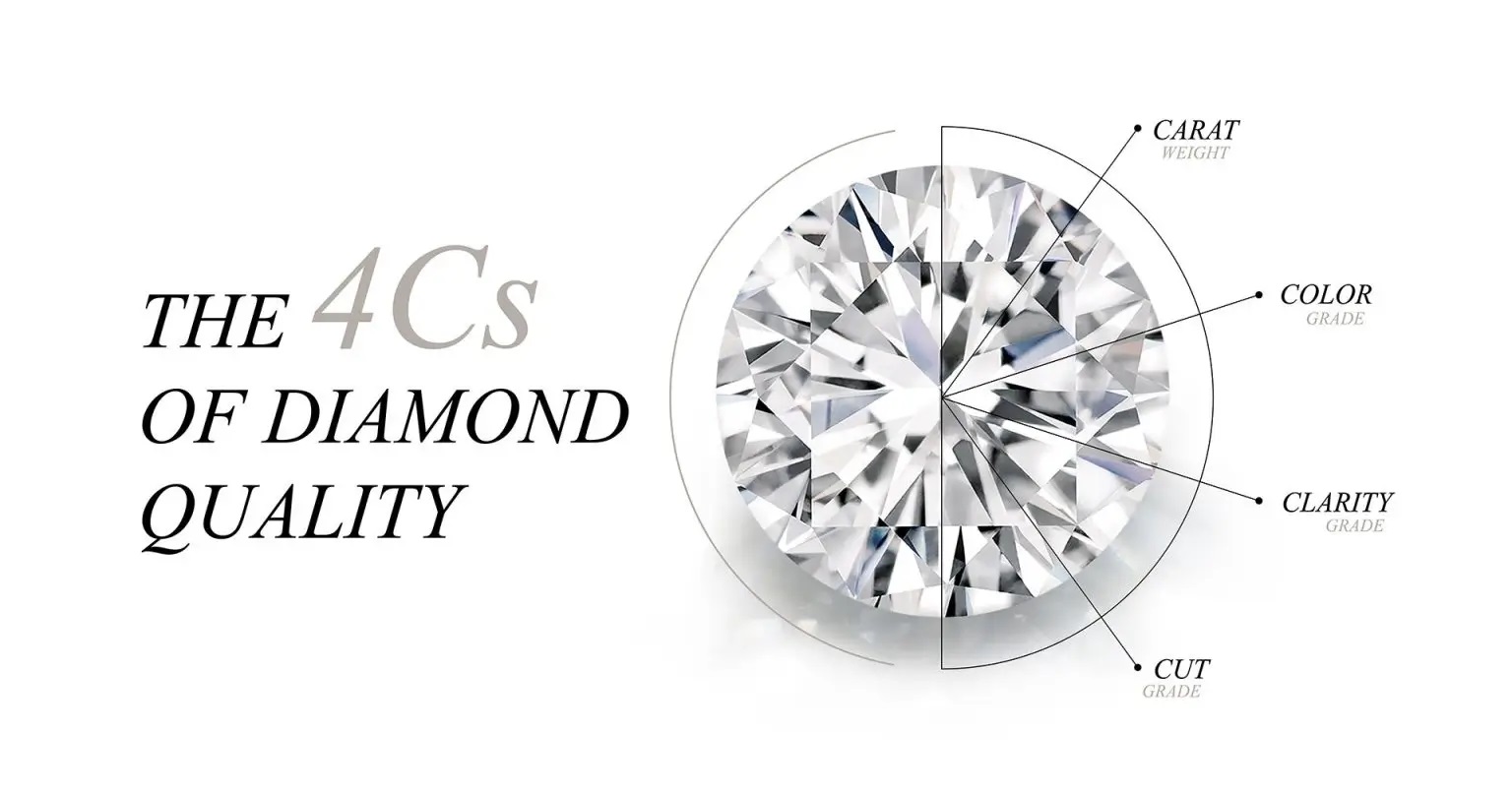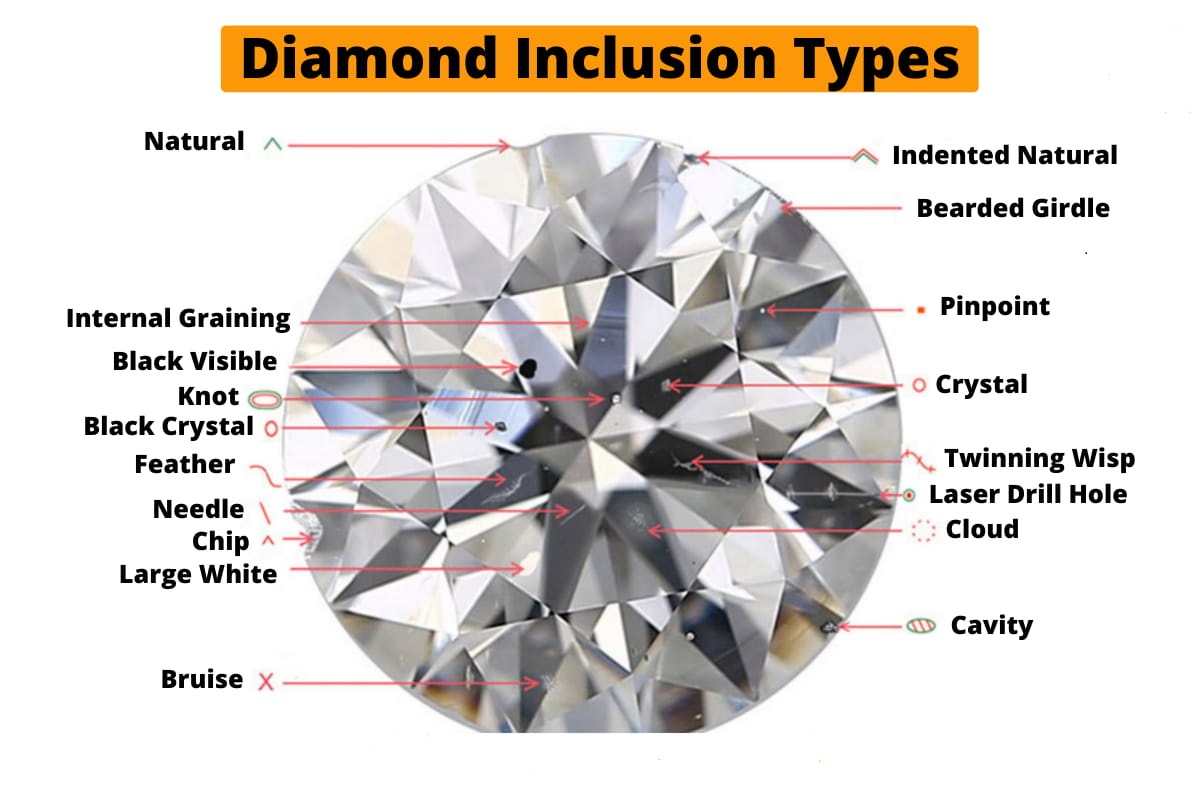In a world where diamonds symbolize timeless beauty and enduring elegance, the quest for knowledge is as precious as the gems themselves. The Diamond Clarity Education Center stands as a sanctuary of enlightenment, a reservoir of insights where enthusiasts and novices alike can uncover the mysteries of diamonds. This article embarks on a journey through the multifaceted offerings of the Diamond Clarity Education Center, exploring diamond education, the marvel of Diamond Analytics, the excellence of “A CUT ABOVE,” the art of diamond acquisition, the guiding principles of the Diamond Quality Pyramid, and the captivating truth that a diamond’s purity ignites its brilliance.
Diamond Education: Illuminating the Path
At the heart of the Diamond Clarity Education Center lies the essence of knowledge dissemination. Diamond education transcends beyond the gleam and glamour; it delves into the science, history, and craftsmanship that shape these exquisite gems. The center serves as a bridge between curiosity and expertise, empowering individuals to unravel the enigma of diamonds with informed perspectives.
Why Diamond Education Matters
Diamonds are more than just sparkling stones; they encapsulate history, geology, craftsmanship, and emotion. Diamond education serves as a bridge between these diverse facets, empowering individuals to make informed choices, appreciate the artistry involved, and celebrate the symbolism behind these gems. With knowledge, a diamond transforms from a mere jewel to a vessel of stories, cultures, and dreams.
Core Components of Diamond Education
1. The 4Cs: Carat, Cut, Color, and Clarity: The cornerstone of diamond education lies in understanding the 4Cs. Carat weight, cut quality, color grading, and clarity characteristics intricately shape a diamond’s profile. Exploring each “C” unveils the science behind a diamond’s brilliance, guiding individuals to appreciate the nuances that contribute to its unique allure.
2. Diamond Formation and Mining: Learning about a diamond’s journey from deep within the Earth’s mantle to the surface offers insight into their rarity and value. Understanding the geological processes that create diamonds helps one appreciate their natural origins.
3. Diamond Cutting and Craftsmanship: Diamond cutting is an art that transforms rough stones into mesmerizing gems. Delving into the intricacies of faceting, proportions, and light performance unveils the mastery required to unlock a diamond’s maximum brilliance.
4. Diamond Grading and Certification: Gaining knowledge about diamond grading organizations like the Gemological Institute of America (GIA) and their certification process empowers individuals to decipher grading reports. This transparency ensures confidence in a diamond’s quality.
5. Styles, Shapes, and Settings: From classic round brilliants to fancy shapes and various settings, diamond education explores the aesthetic choices that influence a diamond’s final appearance. Learning about different styles and settings guides individuals to select the perfect design that resonates with their taste.
Unveiling the Treasures of Diamond Education
1. Appreciation: Diamond education enables a deeper appreciation of a diamond’s value beyond its monetary worth. The knowledge of its characteristics enhances the emotional significance it holds.
2. Confident Buying: Armed with knowledge, buyers can confidently navigate the diamond market, making choices that align with their preferences and budget. Understanding the 4Cs ensures that informed decisions are made.
3. Customization: Knowledge of diamond shapes, cuts, and settings empowers individuals to create custom jewelry pieces that reflect their personal style and sentiment.
4. Legacy and Sentiment: Diamonds are often associated with meaningful moments—proposals, weddings, anniversaries. Understanding their significance adds layers of emotion to these cherished occasions.
Diamond Analytics: Unveiling the Inner Symphony
Intricacies hidden to the naked eye find expression through Diamond Analytics. This advanced facet of the Diamond Clarity Education Center employs technology and expertise to explore the intricate dance of the 4Cs—Carat, Cut, Color, and Clarity. By peering beneath the surface, Diamond Analytics reveals the symphony of characteristics that renders each diamond unique. This comprehensive insight transforms each gem into a canvas of artistry and wonder.
A CUT ABOVE: Masterpiece of Craftsmanship
“A CUT ABOVE” transcends craftsmanship; it embodies a philosophy that elevates diamond cutting to an art form. Within the Diamond Clarity Education Center, the journey of cutting transforms into an exquisite experience. It’s not just about angles and proportions; it’s about capturing and refracting light to create an unparalleled brilliance. “A CUT ABOVE” is a testament to the fusion of skill and passion, yielding diamonds that are more than stones—they’re living poetry.

How to Buy a Diamond: Navigating the Journey
Purchasing a diamond is a voyage marked by choices that reflect personal values and aspirations. The Diamond Clarity Education Center navigates the intricacies of diamond acquisition through “How to Buy a Diamond.” This guide equips individuals with the wisdom to understand certification, the significance of the 4Cs, and the art of aligning diamond choices with emotions and preferences.

The Diamond Quality Pyramid: Ascending to Excellence
The Diamond Quality Pyramid, an architectural metaphor, forms the foundation of informed decision-making. Starting with the carat as the base, it ascends through cut, color, and clarity, culminating in the peak of brilliance. This pyramid, housed within the Diamond Clarity Education Center, offers a framework for understanding that each layer contributes to the gem’s allure, turning a diamond into a masterpiece of exceptional quality.
The Purer a Diamond, the More Brilliant: An Intrinsic Law
The Diamond Clarity Education Center unveils a natural truth: the connection between purity and brilliance. A diamond’s inner world—its clarity—determines how light dances within. The connection between purity and brilliance is a testament to nature’s intricate artistry. Diamonds are more than just sparkling stones; they are canvases of the Earth’s history and craftsmanship. As light traverses a pure diamond, it becomes a medium of revelation, unveiling the diamond’s hidden depths and the brilliance that purity begets. The fewer the inclusions, the more brilliant the display. This law of nature underscores the inherent beauty of diamonds, reminding us that their allure transcends the surface.
Conclusion
The Diamond Clarity Education Center isn’t just an institution; it’s a passage to illumination. As enthusiasts explore diamond education, unravel Diamond Analytics, witness the brilliance of “A CUT ABOVE,” master the art of purchasing diamonds, and ascend the Diamond Quality Pyramid, they embark on a journey that unveils the mesmerizing world of diamonds. Each facet of knowledge is a step toward transforming a diamond from a sparkling stone into a symbol of understanding, appreciation, and the eternal pursuit of brilliance.…

